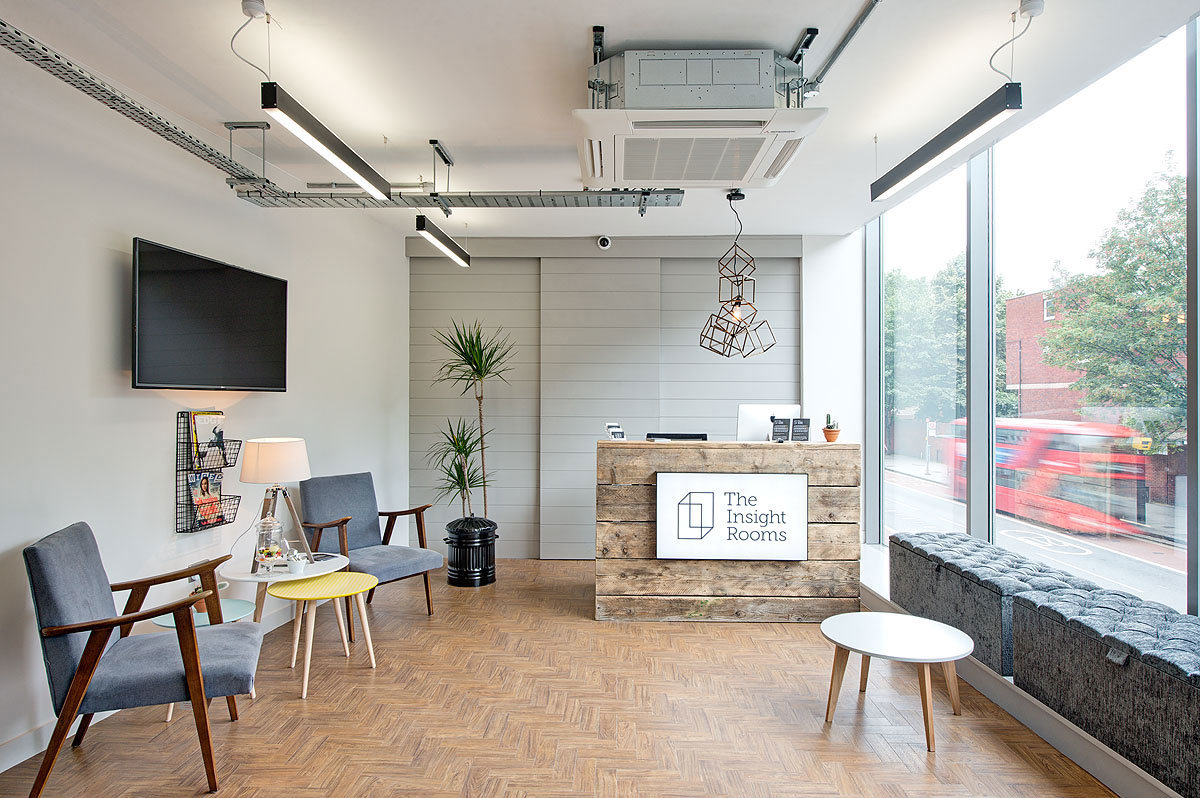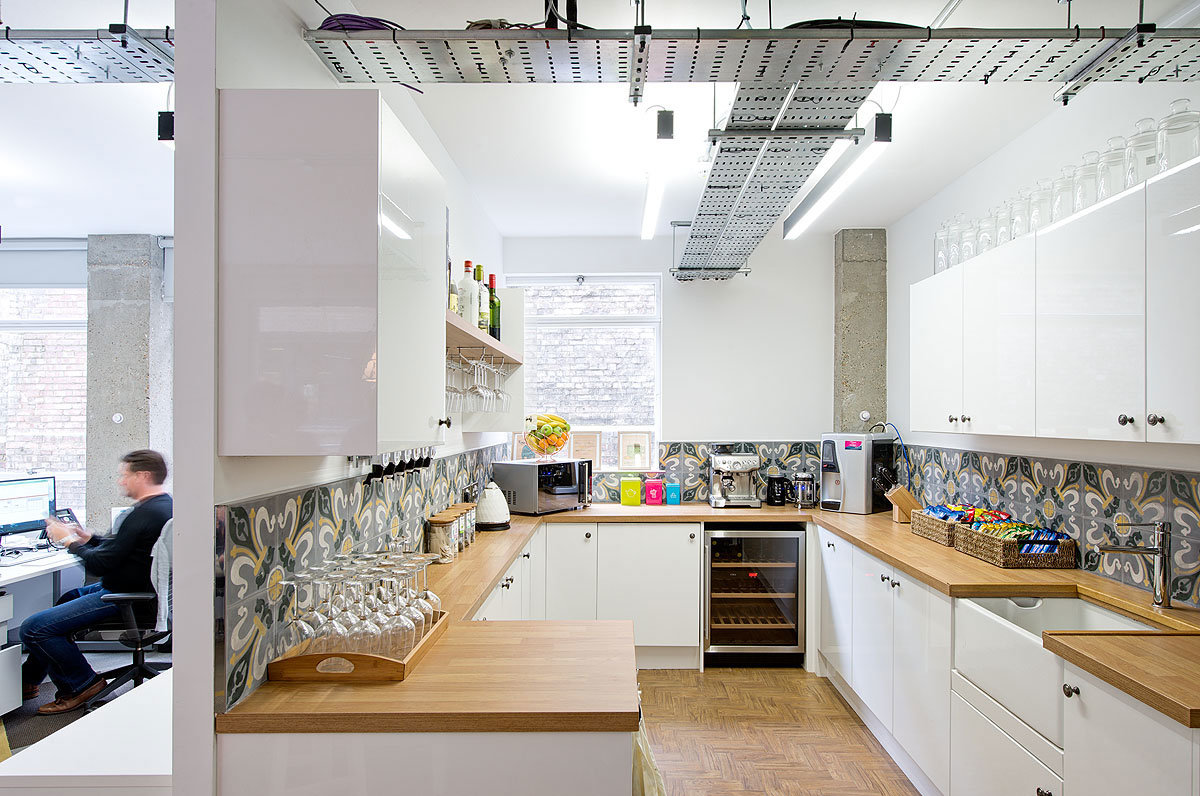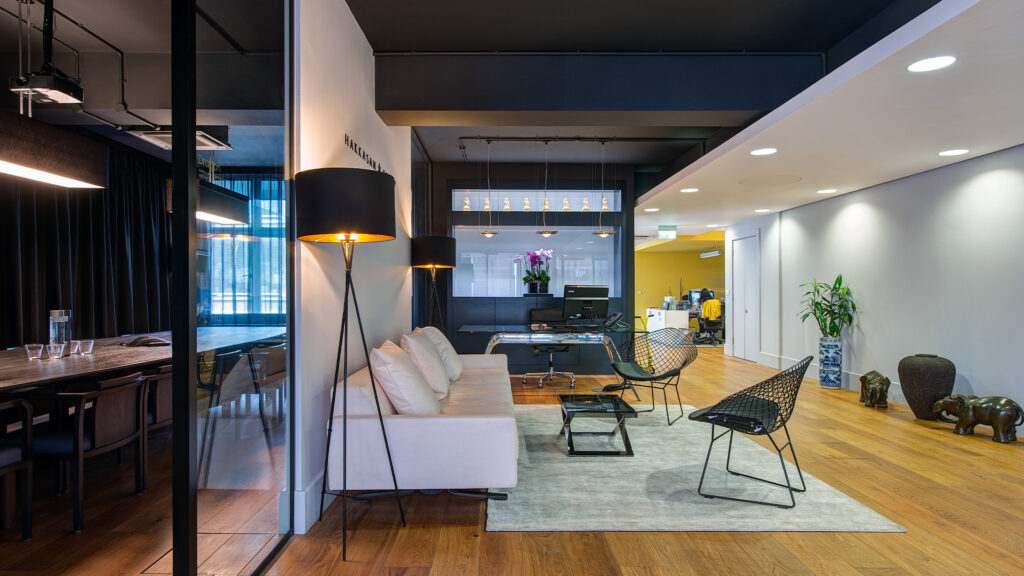Budgets. They’re not sexy. But for your office redesign in London, you have to pay attention to them. This is as true for a lick of paint as it is for a project with more bells and whistles than a Morris Dance Troupe.

It doesn’t have to be painful (or as annoying as Morris Dancers). Here’s what we’ve learned from doing masses of office redesign projects, and keeping a steady hand on our clients’ costs.
When do you pay for what?
If you’re smart and have read the advice from your friendly neighbourhood office redesign specialists (that’s us), your contractors have given you a fixed fee contract.
Great work. But when the heck should you pay them then?
That’s up to you, buddy. Or rather, that’s a conversation to have with your office redesign company so you can agree on the payment terms in a contract. If they’re any good, they’ll work with you to find out what works best for your budget – in other words, how should the fees be split, and when you need to start sending cash.
First, sit down with your finance manager and figure out the cash flow.
If you want to pay them monthly, what if the programme runs into unexpected delays, and they already have the full whack before the ceiling is in? What if the office summer BBQ (free alcohol!) is smack in the middle of the programme and you haven’t considered Clive “Bolly Dolly” McGee in accounts?
A better way is to discover where the critical design and construction milestones are in the timeline. If you align a certain percentage of the fee with the completion and have a sign-off from each milestone, then you’ve broken down the price into bitesize chunks and the contractor gets paid when the work is actually delivered.
You could even get them revved up with a mobilisation fee at the start of the works, say 15-20% of the total budget. Many contractors will require this too, so don’t be surprised if it’s part of the deal.
A payment plan like this will be much easier for your finance team to swallow (and Clive, of course, bless his sparkling heart).

How do you Manage Cost Overruns
We say prevention is better than the cure, especially if the remedy is to stop work because moths are flying out of the finance office door.
So, let’s take it step by step:
1. First, get that single design and build contractor. For an office redesign in London, communication is king, and who is better at communicating than a single local business handling the whole project?
2. Know what you are getting for your money. Do you understand the full scope? Is VAT included? Who is liable for project overruns or minor changes? Has anyone checked the maths?
3. Put aside 5-15% of the budget for nasty unexpected costs. Don’t be that person who spends like a maniac on payday and is raiding the office fridge at the end of the month.
4. Make sure your key stakeholders have bought into the project, and keep them in the loop. Do you really want the CEO to wander through the project at the final stages and announce his hatred for brushed velvet walls? Ensure they’re informed, and then work on your fashion sense. Because seriously? Brushed velvet?
5. Keep a beady eye on those invoices, and check them against purchase orders.
6. Avoid scope creep. Sure, installing a reclaimed driftwood bar at reception sounds impressive, Clive, but we’re on week 9 of a 10-week programme, and you’re not helping!
OK so now you know about what to pay and when. What about getting value for money?
Professional Tips to Stretch your Budget (without Losing any Friends)
1. Write in a retention
Retention is the money you hang over a contractor’s head like a carrot to make sure they get the job done. Usually, 5% of the fee can be retained, with half paid on completion, and the other half when the kinks (or defects), are ironed out.
It’s a sensible trust exercise, and it’s better than a stick (and please don’t hit us with sticks).
2. Think about liquidated damages
Think about this: you’ve won a big contract, and you promise your shiny new client that the kick-off meeting will be in your incredible new office.
“You’ll love it”, you say. “It represents what our company is all about”, you tell them.
Then your client walks through the front door, which promptly falls off, and the boardroom still resembles Bob the Builder’s site office.
Liquidated damages are what you can charge the contractor as compensation for the late delivery of the project and the impact of this on your business. Yeah, that’s right, you can effectively charge your contractor. Sounds good, right? But you must do it right. Here’s the more official definition:
“Liquidated damages are pre-determined sums set out in the contract that are paid to you in case the contract is breached, for example, if the date of practical completion is missed.”
It’s up to you to reasonably determine how much your business will lose for every day of delay, plus other costs such as renting temporary office space if you find yourself caught out. You’ll need to get all this agreed upfront with your office redesign company so that everyone knows where the goal posts are.
3. Cheaper doesn’t mean better – watch those whole-life costs
However attractive the low price looks on big-ticket items, there are always hidden costs attached. Have you considered whole-lifetime costs of your HVAC system? Will it burn through electricity like Clive burns through bottles of Prosecco? Will that fantastic feature reception desk need to be replaced every five years because it’s stuck together with hopes and dreams?
The initial spend on an item might mean you end up paying way more than you would have done if you’d got the more expensive item in the first place.

4. Negotiate a rent-free period
Paying rent when you can’t even use the office is grating. So why shouldn’t you play hardball with your landlord?
After all, think about what you’re doing for them. You’re getting a first class interior design and build contractor (like us) to take their banged-up old asset, get it purring like a pampered tiger, slap some flame decals on the boardroom table and put in back in their hands at the end of the lease, ready to set fire to the office real estate world.
Imagine the value you’re adding to that asset. Hell, the landlord should be paying you.
So yeah, you’ve earned this negotiation. Now get out there and demand what you need to get this project up and running. We believe in you.
There you have it. A whole load of solid gold tips and ideas on how to manage your office refurbishment budget. Of course, it would just be a whole lot easier to appoint a design and build contractor to take care of the lot for you on a fixed time and budget contract.
Guess what? That’s what we do.
We work on a fixed price with every project, which we always meet. Go on, pick up the phone and call us. We’ll tell you all about it and probably come and meet you over a skinny coconut milk flat white too.














